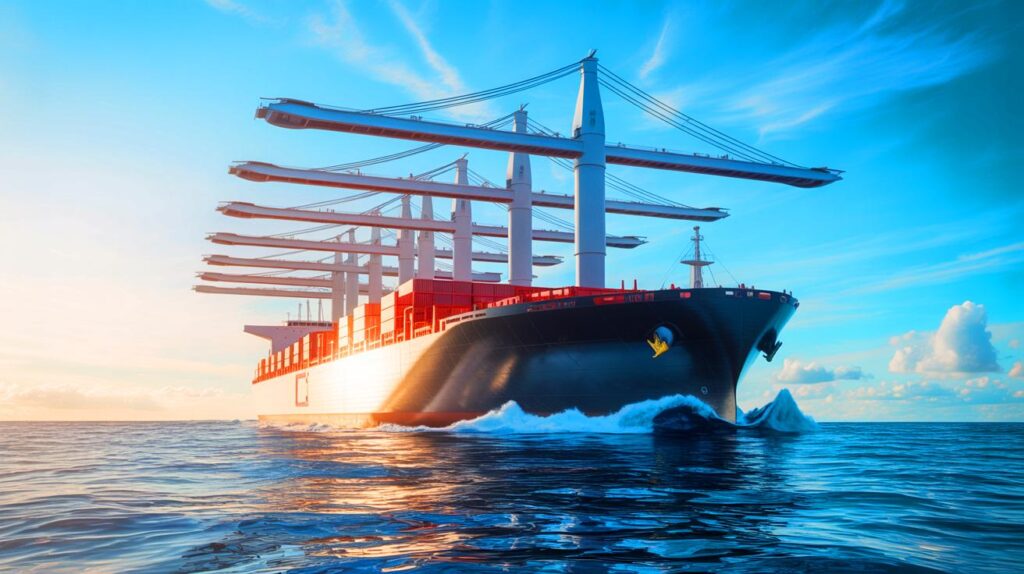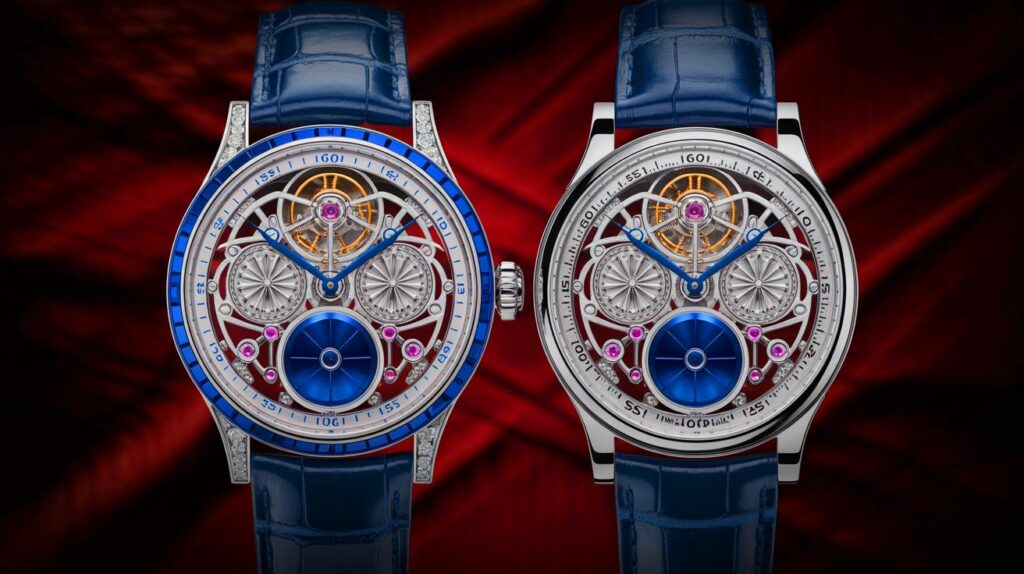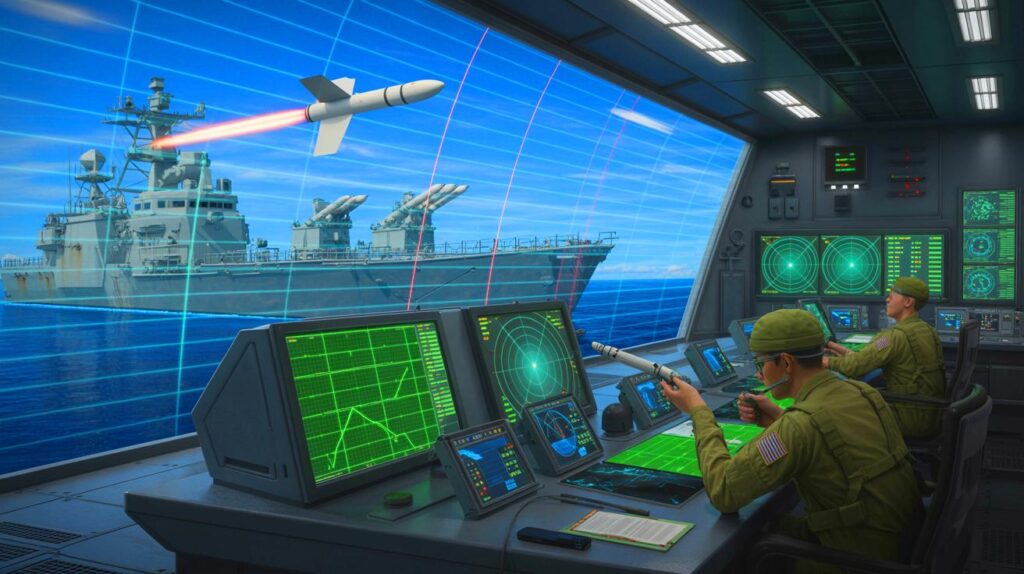| In Brief |
|
Maritime transport is at a crucial turning point with the emergence of innovative technologies aimed at reducing the carbon footprint of ships. Among these, the Sohar Max cargo vessel stands out for its bold use of rotor sails, a promising advancement in wind propulsion. This ship, part of the Valemax generation, incorporates modern solutions for greener transport, thereby redefining industry standards. Through the example of the Sohar Max, let’s explore how rotor sails could transform large-scale freight transport.
The Sohar Max: A Pioneering Wind-Powered Vessel
The Sohar Max, a 400,000-ton bulk carrier, illustrates a remarkable technological advancement in the maritime industry. Originally built in China in 2012, this vessel is part of the Valemax class, designed to transport ore while optimizing energy efficiency. Under the direction of the Brazilian mining giant Vale, the Sohar Max has been upgraded to incorporate rotor sails, an innovation leveraging the Magnus effect.
These 35-meter high rotor sails are installed by the British company Anemoi. They harness a physical phenomenon that generates additional thrust as they rotate. This technology allows the ship to reduce its fuel consumption by 6%, which equals a decrease of 3,000 tons of CO₂ annually. Trials conducted between China and Brazil have shown that these sails can be a viable solution for greener navigation.
Rotor Sails: Technology and Functionality
Rotor sails, also known as Flettner rotors, represent an innovation in wind propulsion. Unlike traditional sails, these vertical cylinders exploit the Magnus effect to capture wind energy. As they spin, airflow creates a pressure difference on either side of the rotor, generating a force perpendicular to the apparent wind.
This compact system requires little space on the ship’s deck and typically features a foldable mechanism. This allows for optimized port operations without hindering the loading or unloading of cargo. Implementing rotor sails is a significant step towards reducing the costs and carbon footprint of vessels, while complying with international regulations, such as CII notation and the EEXI index, to curb emissions.
An Ambitious Program for Sustainable Navigation
The Sohar Max project is part of Vale’s Ecoshipping program, aimed at reducing the carbon footprint of its fleet. The success of trials on this ship could encourage the modernization of other vessels, such as the NSU Tubarão, scheduled for 2025. Rotor sails offer a compact and efficient solution to complement traditional engines, meeting growing sustainability demands.
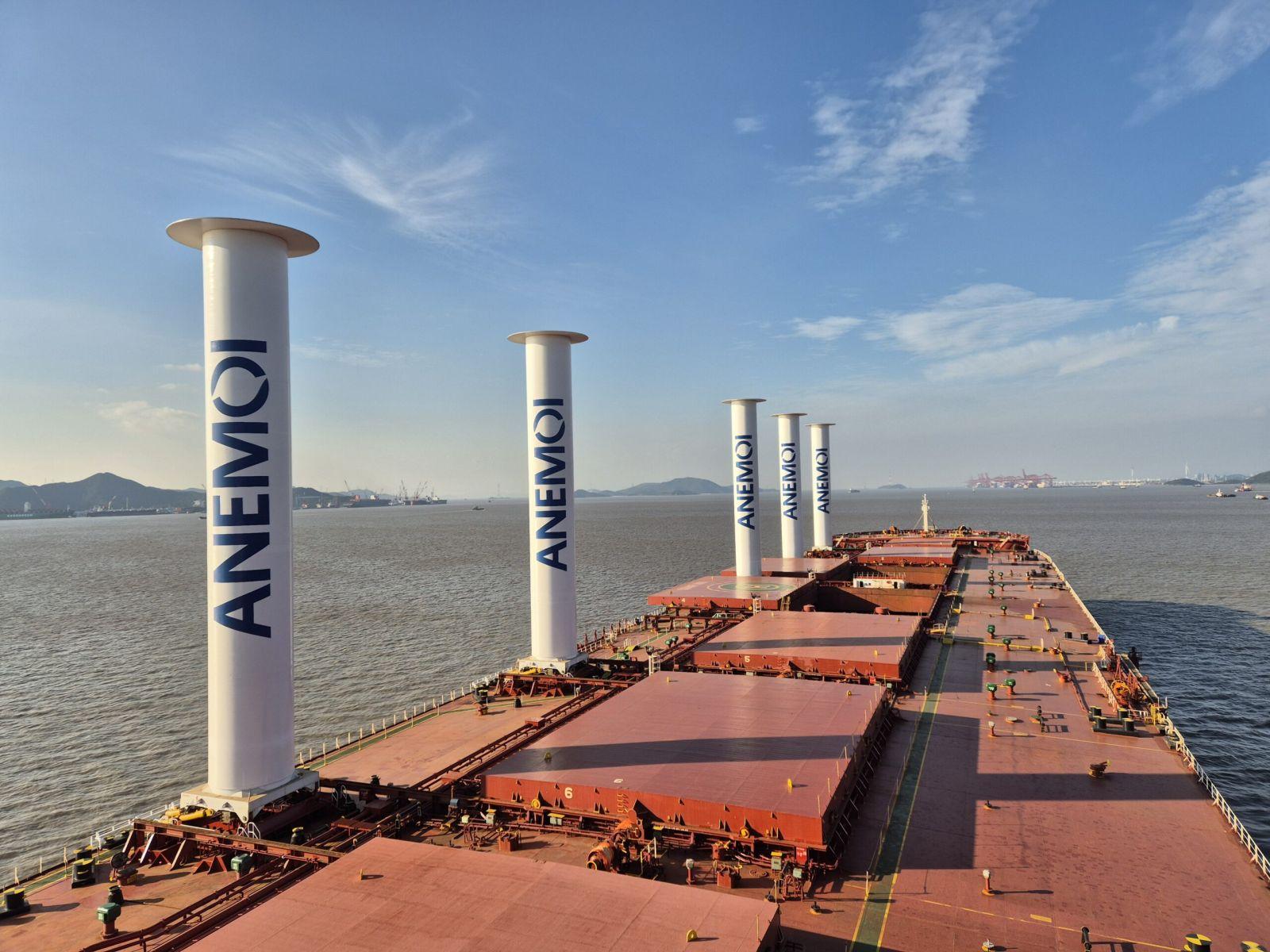
Project partners, including the Omani owner Asyad, view these sails as a viable alternative for large-capacity vessels. The sail folding system ensures unimpeded operational capability without compromising cargo capacity. If emission reduction promises are fulfilled, this technology could revolutionize the maritime industry by reducing both operating costs and environmental impacts.
The Future of Heavy Maritime Transport
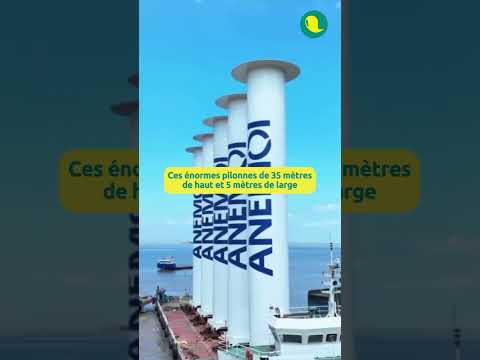

Anemoi experts believe that rotor sails represent more than a mere test; they lay the groundwork for a significant energy evolution for heavy maritime transport. Utilizing this technology could transform how ships are propelled, providing a sustainable alternative to fossil fuels.
The Sohar Max marks a crucial milestone in this transition. Data collected during the trials will help refine the technology and encourage its adoption. Reducing CO₂ emissions is a priority for the maritime industry, and rotor sails could play a key role in this objective. As pressures to reduce ecological footprints intensify, these innovations may become the standard for large-capacity vessels.
With the Sohar Max, maritime transport could well enter a new era of sustainability. As trials continue to show promising results, the question remains: how will these technological advancements influence future regulations and practices in the maritime industry?

